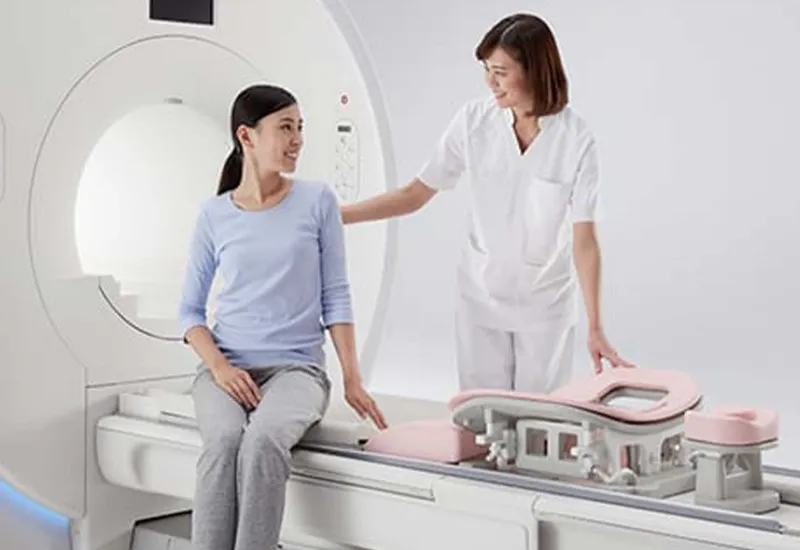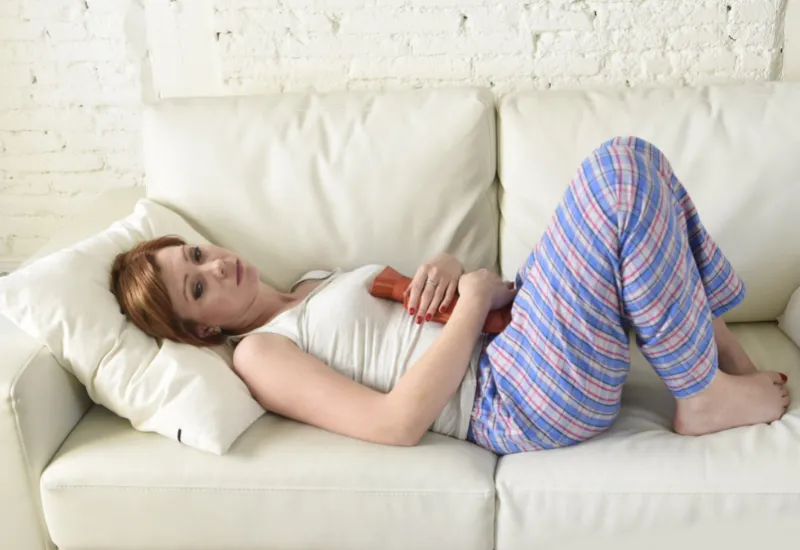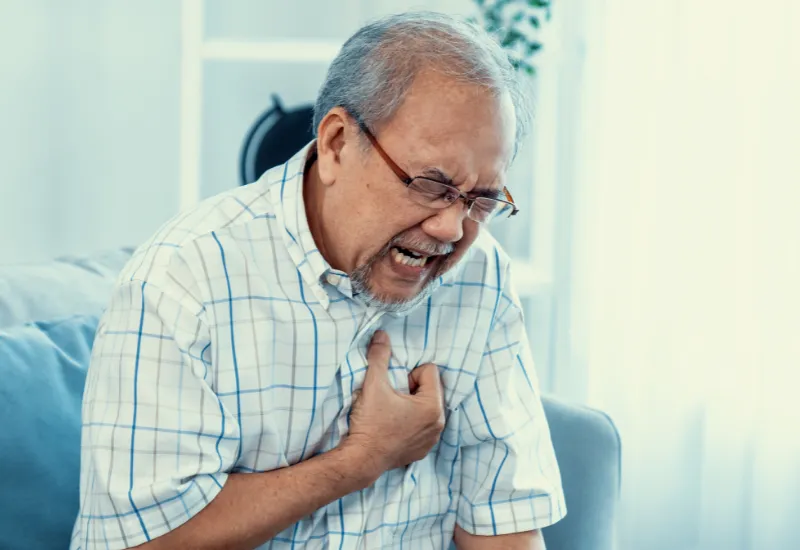Quick Links
For Patients
For Physicians
- Refer a patient to a specialist
- Order labs for patients
- Order radiology for patients
- Order At-Home Services
- Get your practice listed
For Companies

© Copyright 2024 American TelePhysicians. All rights reserved.







Breast pain is a pain in one or both breasts that may vary in severity. The clinical term used for this condition is known as mastalgia. It occurs mostly in women, but it can also affect men and transgender people. The majority of the cases of breast pain can be managed well if they are mild. If breast pain is persistent or accompanied by discharge, it may point towards a serious underlying condition that needs proper medical attention. Unlike the common assumption, breast pain is not usually a presenting sign of breast cancer and occurs due to various other causes.